On March 15th, 1946, at the White Sands Proving Grounds in New Mexico, the first ever static fire of a captured V-2 rocket took place. This rocket, captured in Germany and brought to the US for testing was a part of the larger project, aimed at developing ballistic missile capability for the US Military. One of the key names of this project was Wehrner von Braun. He was a Nazi, brought to the US under the operation Paperclip. He was given the task of developing a rocket system, similar to the V-2, but with longer range and precision. The Redstone missile was born.
In 1953, the first flight test of the rocket was completed. Powered by the same Ethanol 75%/LOX fuel mixture as the V-2, and using the same primitive graphite vane TVC, it was by no means an advanced rockets. It did however fulfill its mission goals. It had the required 200mi (320km) range, and even at maximum range, it had a 300 meter accuracy.
In 1955, Von Braun did the math, and determined that, with some improvements, the Redstone rocket could be modified to orbit a satellite. The most notable changes were in the fuel: the tanks were stretched, and the fuel was replaced from ethanol to newly developed Hydyne: a mixture of 60% H2NN(CH3), also known as Unsymmetrical Dimethylhydrazine, and 40% C4H13N3, also known as DETA (Diethylenetriamine). The mastermind behind this fuel was Mary Sherman Morgan, popularly known as the first female rocket scientist. One good thing about this fuel was that it could be burnt in the same engines as ethanol,with minimal modificatons.
Von Braun was, however, not green-lit to start developing an orbit capable rocket. Beliefs at the time were that a satellite should be orbited by a civilian organization, with a civilian developed rocket. We all know how it ended, with the Vanguard TV-3 failing miserably on the pad. Only then was funding approved, and in the early 1958, Explorer 1 launched into Low Earth Orbit.
GENERAL INFO
- Created On: Windows
- Game Version: 1.3.204.1
- Price: $1,787k
- Number of Parts: 223
- Dimensions: 23 m x 10 m x 6 m
PERFORMANCE
- Total Delta V: 5.6km/s
- Total Thrust: 606kN
- Engines: 17
- Wet Mass: 34,686kg
- Dry Mass: 3,429kg
STAGES
| Stage | Engines | Delta V | Thrust | Burn | Mass |
|---|---|---|---|---|---|
| 1 | 1 | 5.6km/s | 468kN | 2.7m | 34,686kg |
| 3 | 0 | 0m/s | 0N | 0s | 33,809kg |
| 4 | 0 | 0m/s | 0N | 0s | 33,809kg |
| 5 | 0 | 0m/s | 0N | 0s | 33,809kg |
3 Comments
- Log in to leave a comment
-
2,355 VonKaramanIndustries+1 7 months ago
@SamCentral Thank you very much! It's actually surprising how overlooked are early satellite launch vehicles by the Juno community :)
-

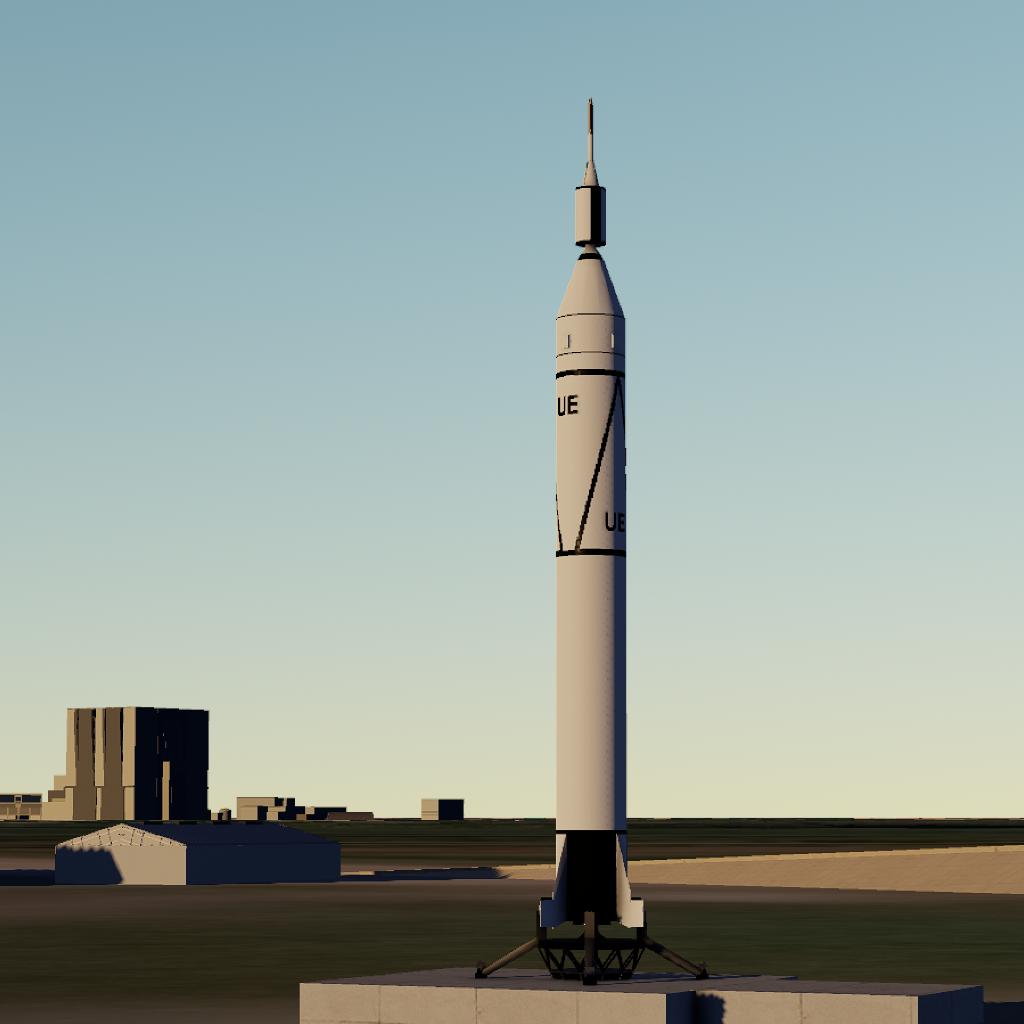
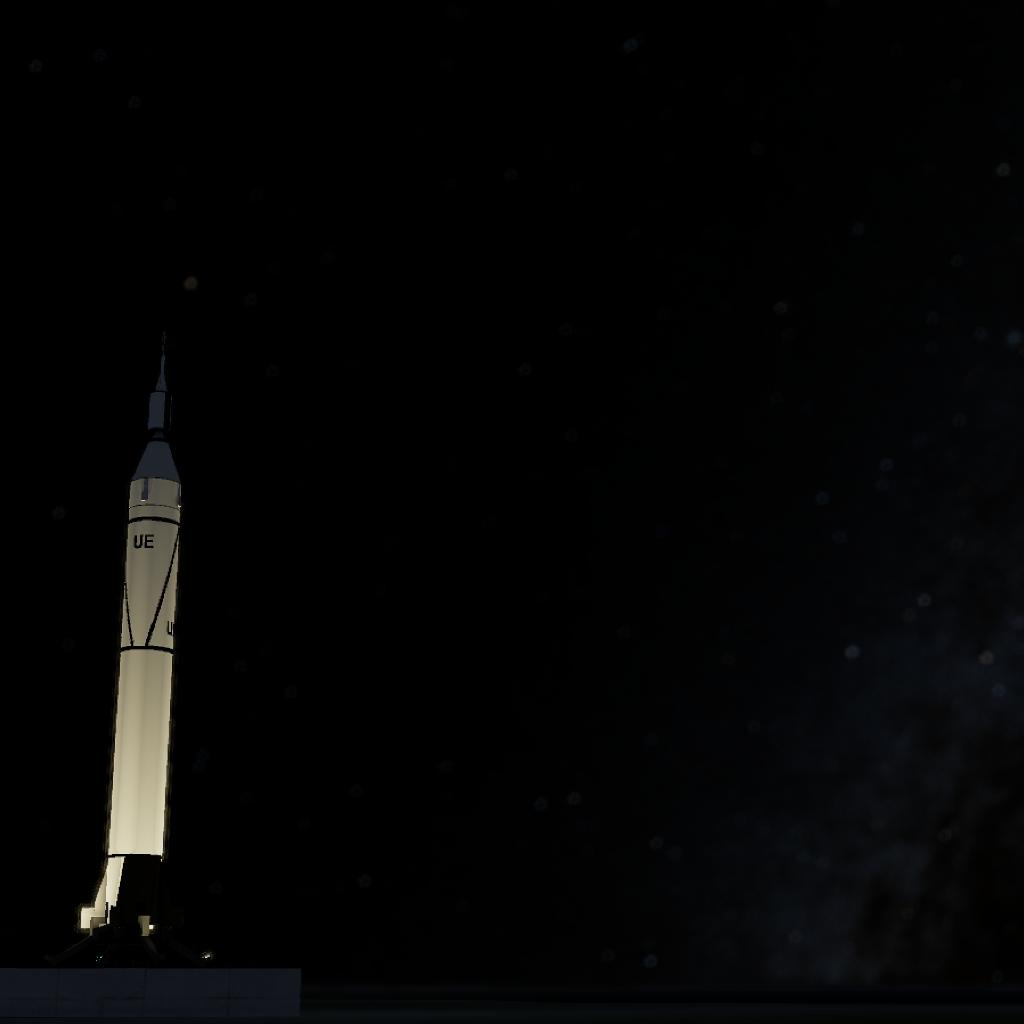
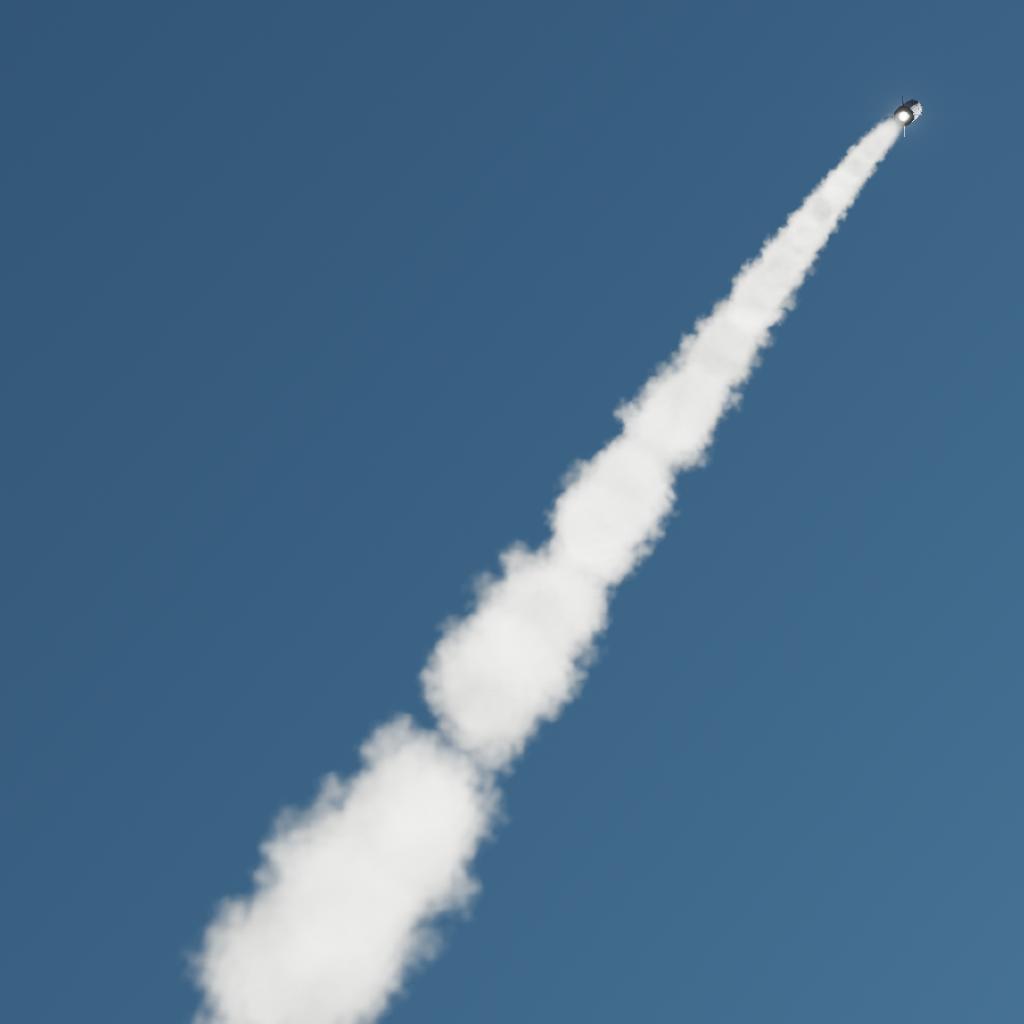
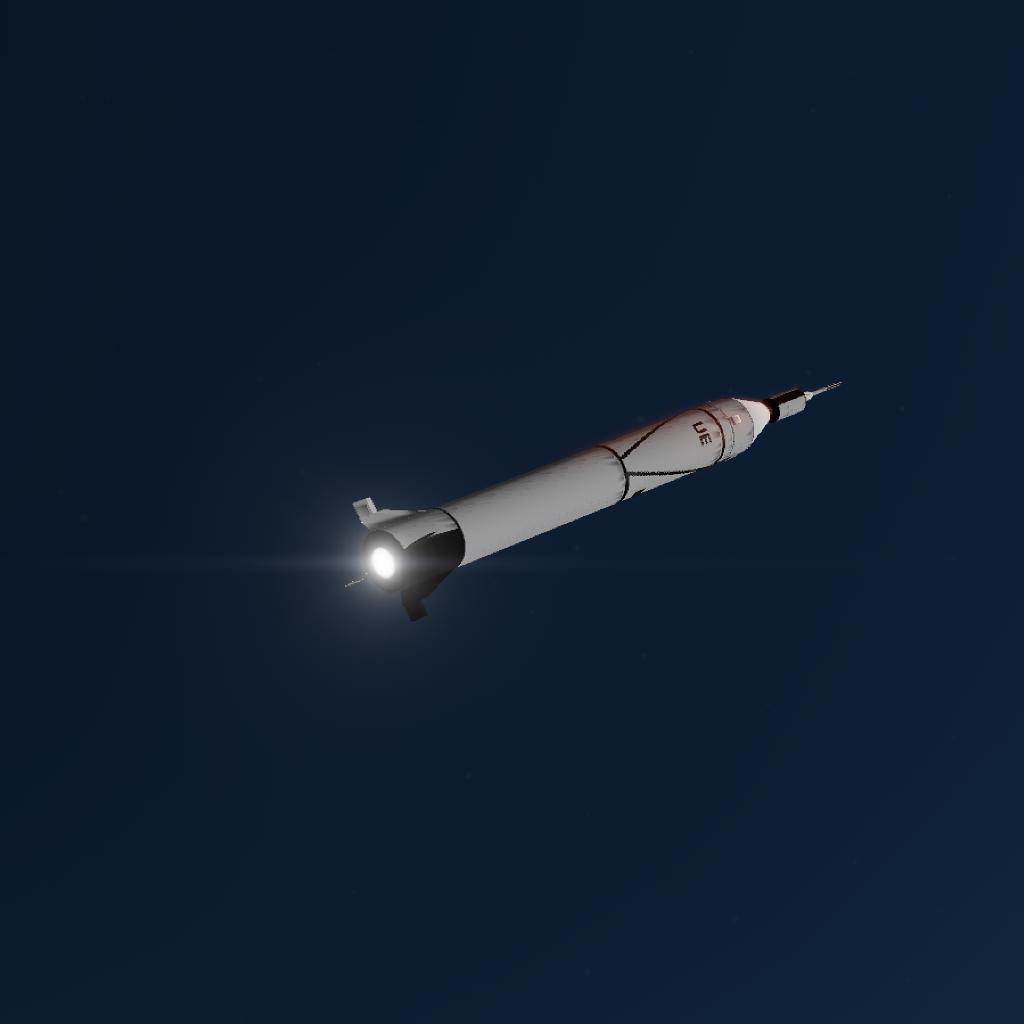
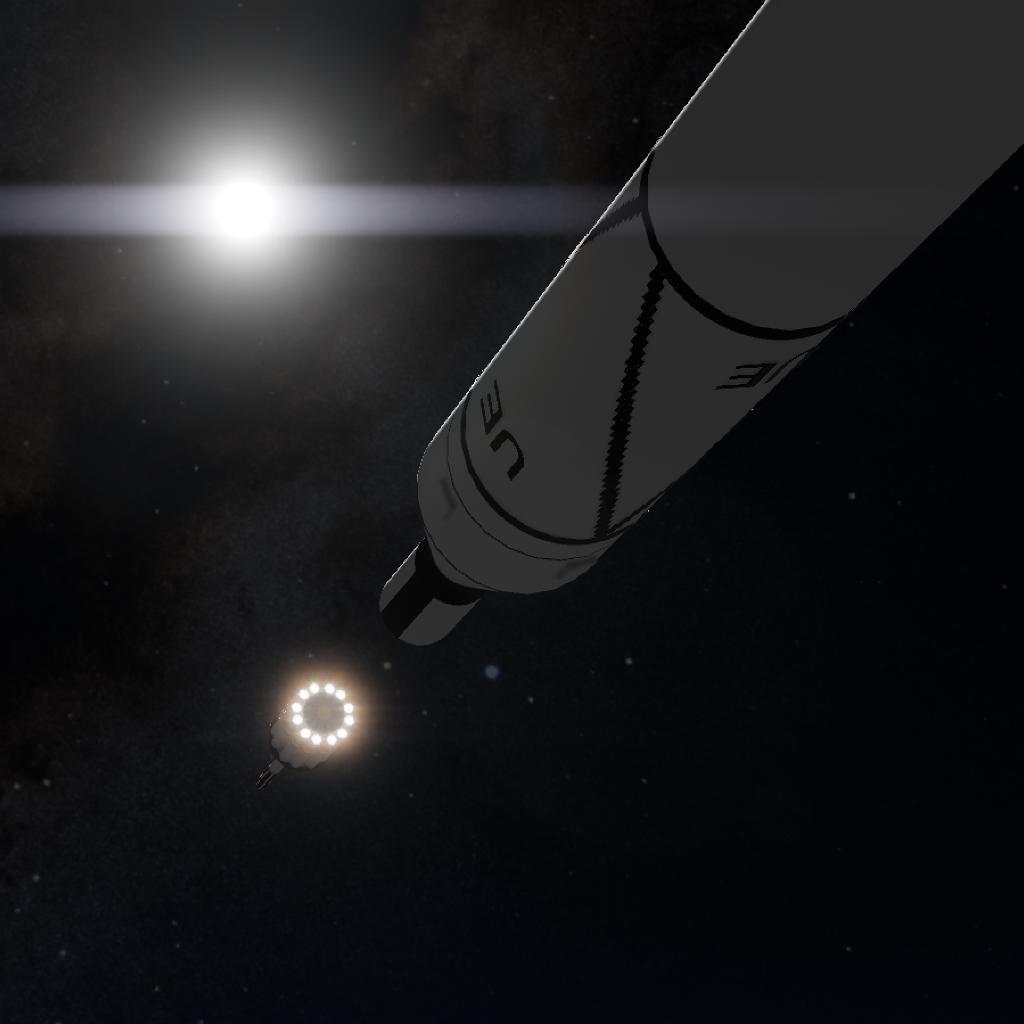
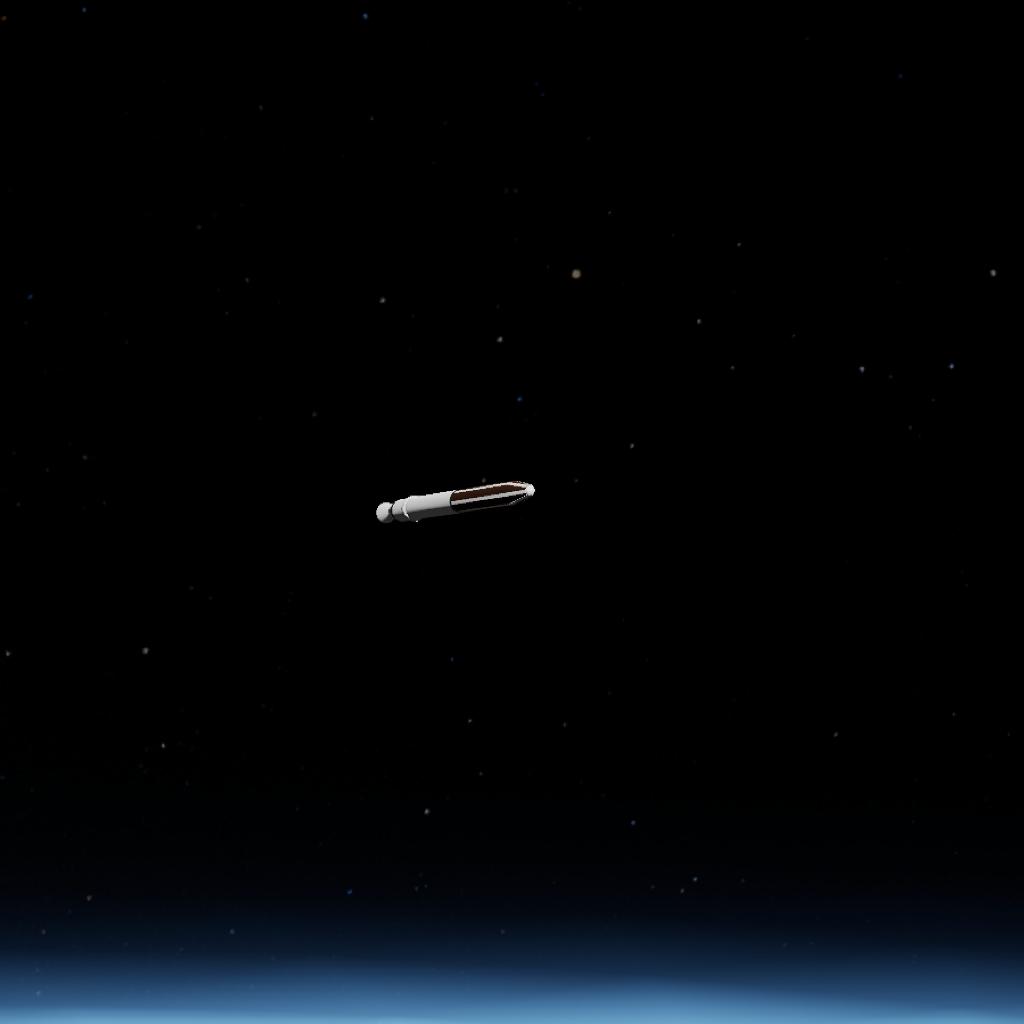
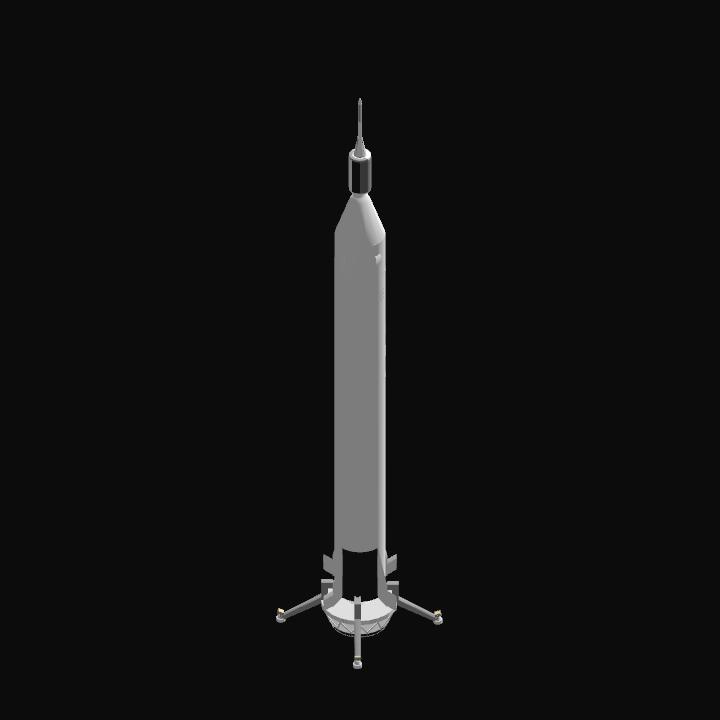
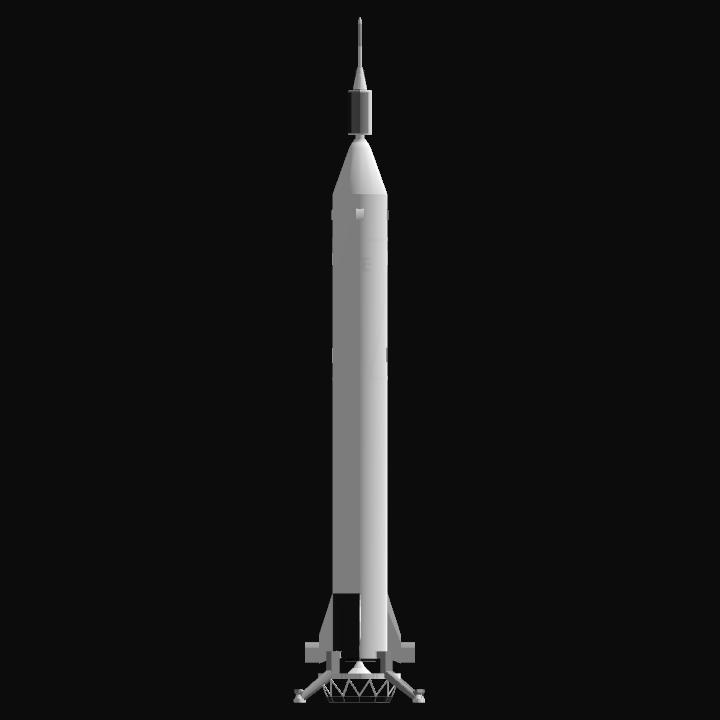
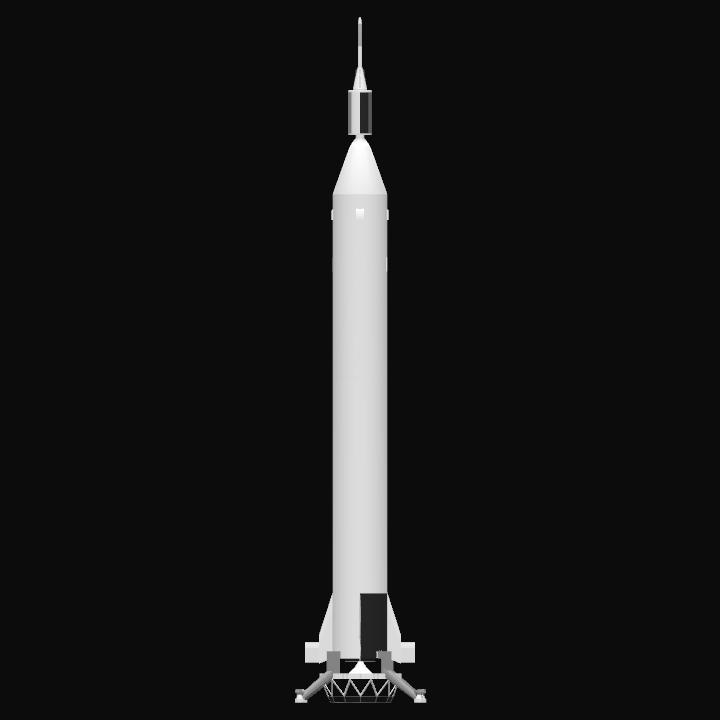
"What was Wehrner Von Kerman doing between 1943-1945" ahh rocket
nice rocket.